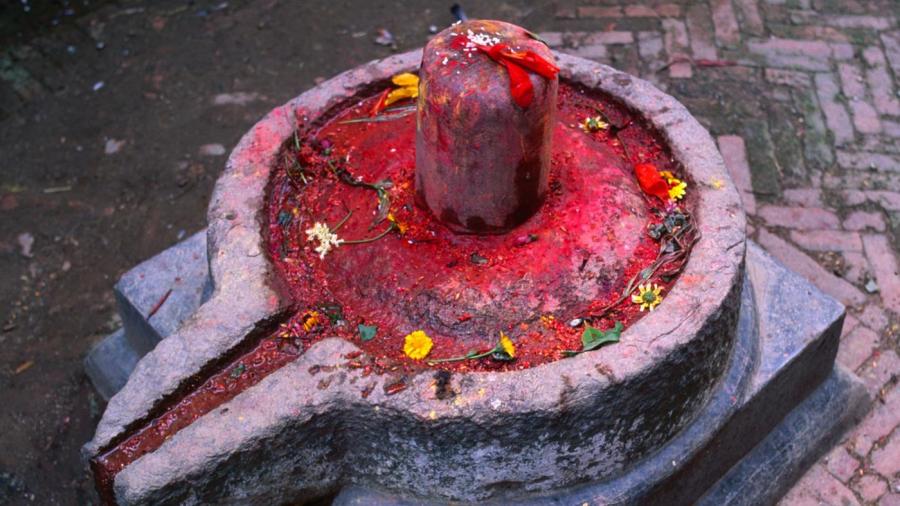What Is the Shiva Lingam and Yoni?

Shiva Lingam stones are egg-shaped stones from the Narmada River in Onkar Mandhata, India, and are often paired with the yoni stone. The Shiva Lingam represents the male genitals, while the yoni stone symbolizes the female genitals. Both stones are believed to have healing properties and are important in the worship practices of Hinduism and holistic healing.
In Hindu theory, the Shiva Lingam represents the goddess Shiva, while the yoni is the symbol of her partner, the goddess Shakti. When the stones are used together, the Shiva Lingam and yoni are called the linga-yoni. The Shiva Lingam is placed inside of the yoni stone to represent the eternal workings of creation and renewal. When worn, placed in the household or used in healing rituals, the Shiva Lingam stone boosts energy, balances Yin and Yang energies, activates Kundalini, promotes fertility, connects to the heart chakra and enhances the manifestation power in a human as well as their surrounding environment. The yoni is worshipped in an annual fertility festival in India that celebrates the Earth’s menstruation and is often used to represent “vulva,” “abode,” “womb,” “vagina” or “source” in Sanskrit text. There are some instances of dark associations with the yoni due to its relationship with blood and feminine sexual energy.





